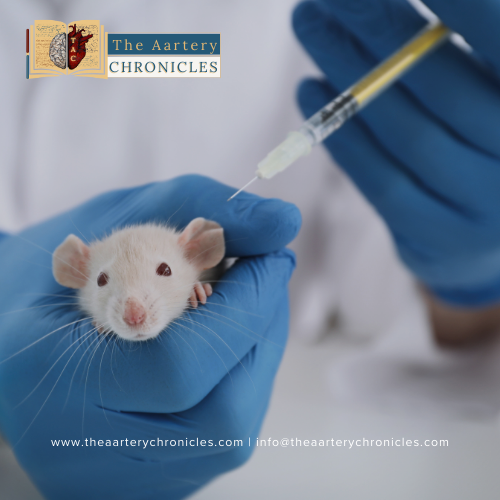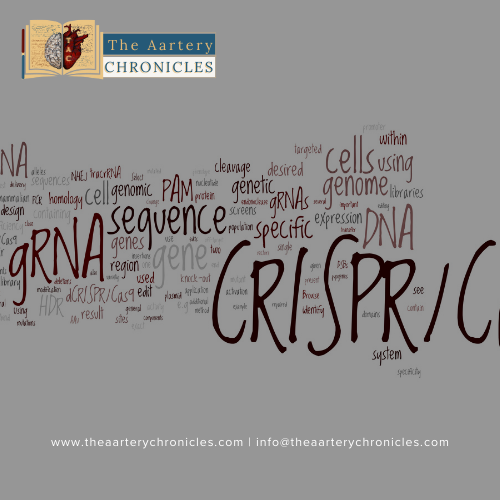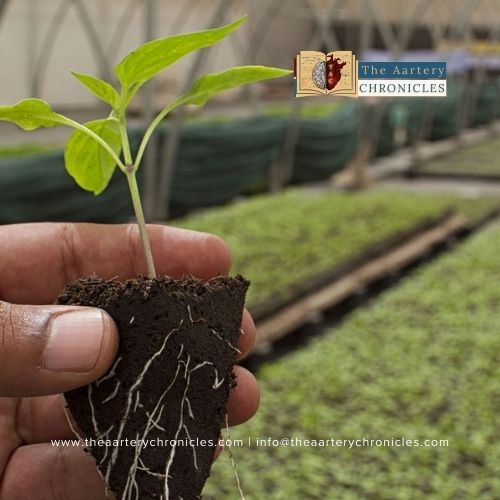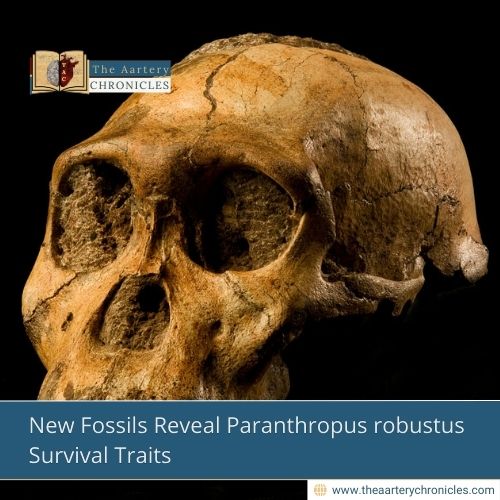
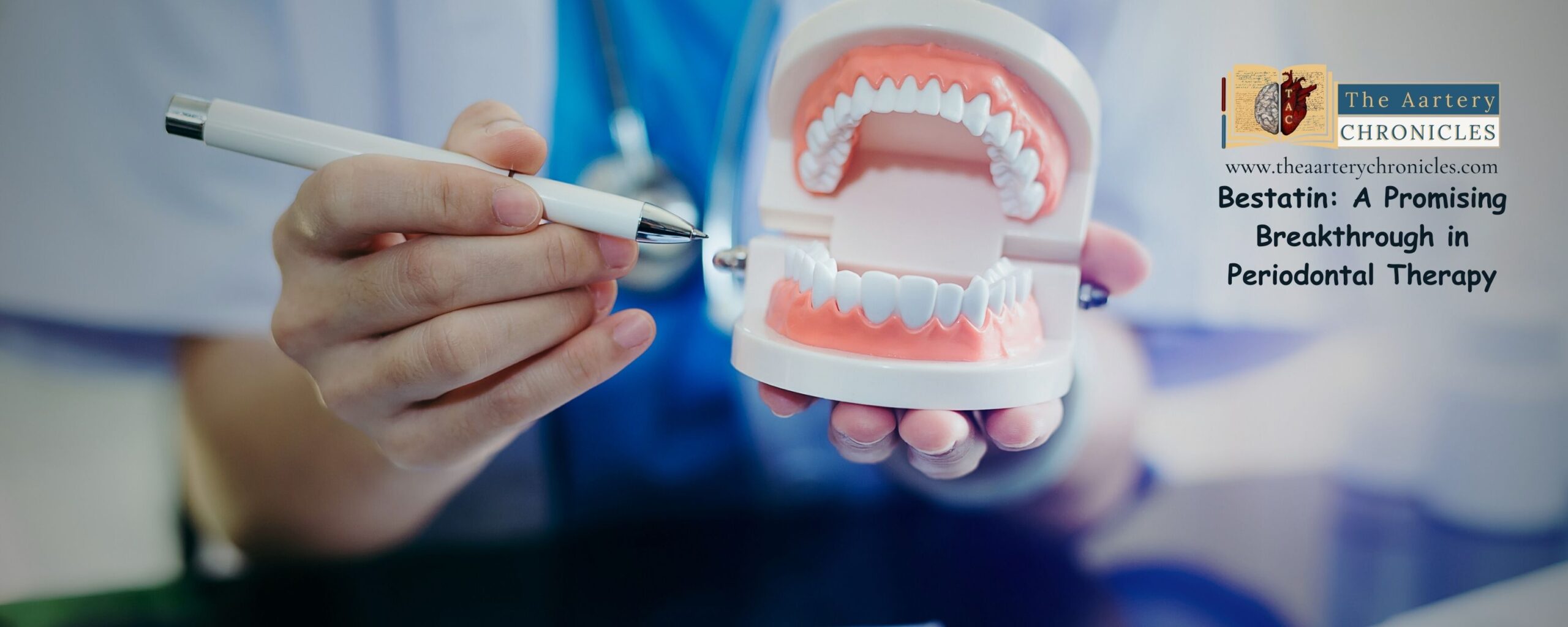
Bestatin: A Promising Breakthrough in Periodontal Therapy
Introduction:
Chronic periodontitis, the most common dysbiotic bacteria-driven chronic inflammatory oral health condition characterised by inflammation and infection of the gums and supporting tissues of the teeth, affects millions worldwide. While conventional treatments such as scaling and root planing are effective, researchers continually seek novel therapeutic approaches to enhance outcomes and alleviate symptoms. Bestatin, an aminopeptide inhibitor produced by actinomycetes that possesses antibacterial properties, has garnered attention as a potential treatment for periodontitis.
This article explores the efficacy and mechanisms of Bestatin in treating this prevalent oral disease, offering insights into its role in revolutionising periodontal care.
Understanding Periodontitis and its Pathogenesis
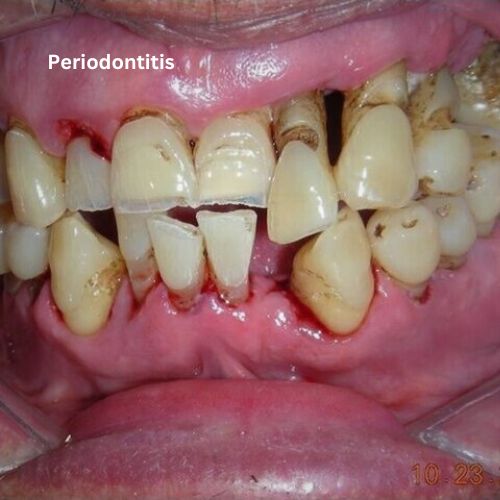
Periodontitis is a polymicrobial disease that stems from the accumulation of plaque (a sticky biofilm of bacteria) on teeth.
- Over time, this plaque hardens into tartar, also known as calculus, leading to infection and inflammation of the gums (gingivitis).
- If left untreated, gingivitis can progress to periodontitis, where the infection extends beneath the gum line, causing bone and tissue loss around the teeth.
This ultimately results in tooth loss and may contribute to systemic health conditions such as
- Cardiovascular disease
- Diabetes
- Alzheimer’s disease
Porphyromonas gingivalis, a Gram-negative anaerobe prevalent in subgingival biofilms, plays a pivotal role in periodontitis. The virulence characteristics of the microorganism support its survival, helps it interact with other species in the biofilm, and degrade host tissues. Fusobacterium nucleatum plays a critical role in biofilm production and enhances P. gingivalis’ ability to proliferate and invade.
The preventive potential of Bestatin
Bestatin, an aminopeptide inhibitor derived from actinomycetes, has garnered attention for its diverse pharmacological properties. Initially investigated for its role as an immunomodulatory and antineoplastic agent, Bestatin’s ability to modulate the immune response has sparked interest in its potential application in periodontitis treatment and management. Recent studies have shed light on its antimicrobial and anti-inflammatory effects, suggesting that bestatin could address the multifactorial nature of periodontal disease.
Antibacterial action and anti-inflammatory properties of bestatin
One of Bestatin’s primary mechanisms of action in combating periodontitis is its antimicrobial activity. Bestatin possesses bacteriostatic and bactericidal properties against Porphyromonas gingivalis and Fusobacterium nucleatum. It was shown that bestatin facilitated neutrophil-driven phagocytosis of periodontal pathogens. Bestatin was discovered to limit the growth and viability of Porphyromonas gingivalis, hence disrupting the formation of oral biofilm.
When bestatin’s bacteriostatic and bactericidal activity against periodontal pathogens was tested, it was discovered that it not only changed the biofilm species from pathogenic to commensal but also had anti-inflammatory properties and facilitated bacteria clearance by immune cells.
In addition to its antibacterial actions, bestatin’s potent anti-inflammatory properties play a pivotal role in mitigating tissue irritation and inflammation caused by periodontitis.
Conclusion
Betastatin emerges as a beacon of hope in the realm of periodontal therapy, offering a novel approach to treating and preventing periodontitis. Its antimicrobial and anti-inflammatory properties position bestatin as a promising candidate for revolutionising periodontal care. As research advances and clinical trials progress, bestatin holds the key to unlocking new horizons in the management of periodontal diseases, ultimately improving oral health outcomes for millions worldwide.

Author: Dr. Anjali Singh
BDS [KGMC, Lucknow]
- Medicine and Diseases
- Nutrition and Diet






